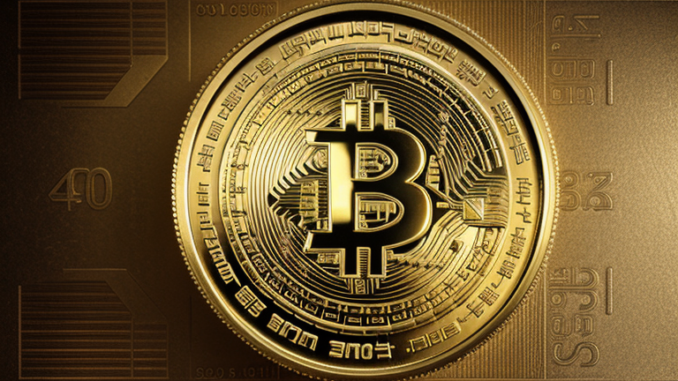
Introduction:
Money, an important part of our daily lives, has a fascinating history that has evolved alongside human civilization. From its early origins as ingots to the rise of cryptocurrencies, money has adapted to meet the changing needs of societies. This article explores the historical background of money, tracing its different forms, technological advancements, and promising future.
1. The Origins of Money:
Around 3000 BC, the ancient Sumerians introduced ingots, which laid the foundation for trade and acted as precursors to coins. Crafted from precious metals like gold, silver, and bronze, these ingots played a crucial role in enabling trade. However, bartering remained the primary method of exchange, relying on individuals having matching desires.
2. The Birth of Coins:
Around 600 BC, in Lydia, the first coins emerged, revolutionizing trade. These circular metal pieces were imprinted with images and text representing their weight and authenticity. Coins made transactions easier and stimulated regional economies. They quickly spread across empires, promoting trade between different regions.
3. The Rise of Banknotes:
During the Middle Ages, goldsmiths and temples offered secure storage for people’s coins and valuables. In return, they issued receipts, marking the early stages of banknotes. In the 17th century, banknotes were formally introduced in Europe. Initially backed by precious metals, they later transitioned to trust and credit-based systems.
4. The Advent of Credit Cards:
In the mid-20th century, credit cards emerged as an innovative payment method. They provided a convenient way to make purchases and settle the debt later. This breakthrough transformed transactions and boosted economies.
5. The Digital Revolution:
The internet’s emergence in the late 20th century paved the way for digital payment methods. As economies grew and global trade flourished, paper money gained wider acceptance. However, it was the arrival of cryptocurrencies that truly revolutionized the concept of money.
6. The Rise of Cryptocurrencies:
Cryptocurrencies, like Bitcoin, use blockchain technology to offer a decentralized and secure digital currency. Their value is determined by supply and demand, enabling faster, more cost-effective, and highly secure transactions. Some businesses now accept cryptocurrencies as payment, blurring the line between traditional and digital money.
7. The Future of Money:
Looking ahead, the future of money holds exciting possibilities. Advancements in digital currencies, combined with technologies like artificial intelligence and blockchain, have the potential to redefine how we perceive and use money. Instant cross-border transactions, lower fees, and improved financial inclusion are on the horizon.
Conclusion:
Money has transformed significantly from its humble beginnings as ingots and coins. Its evolution has mirrored technological advancements and the changing needs of societies. From banknotes and credit cards to cryptocurrencies, each development has shaped our transactions and understanding of money. By embracing this evolution and staying adaptable, we can navigate the rapidly changing financial landscape and embrace the future of money wholeheartedly.

Be the first to comment